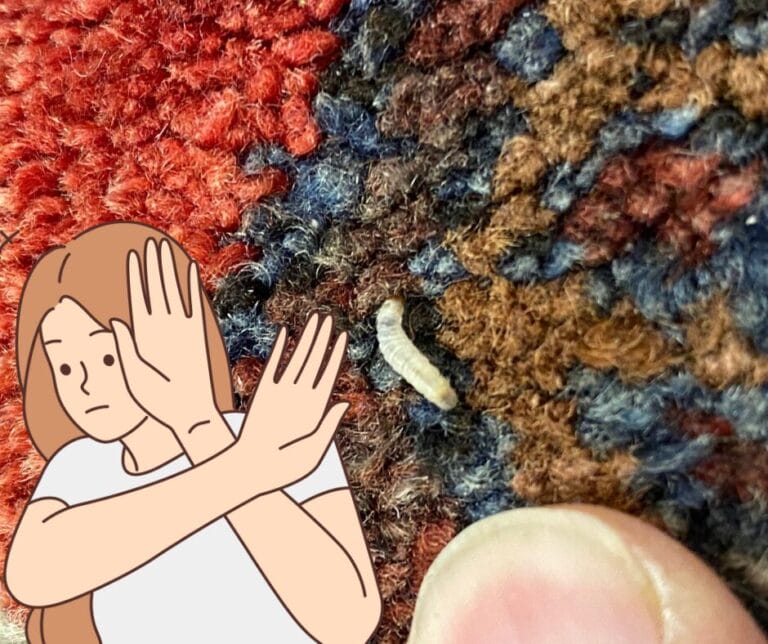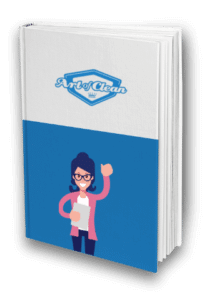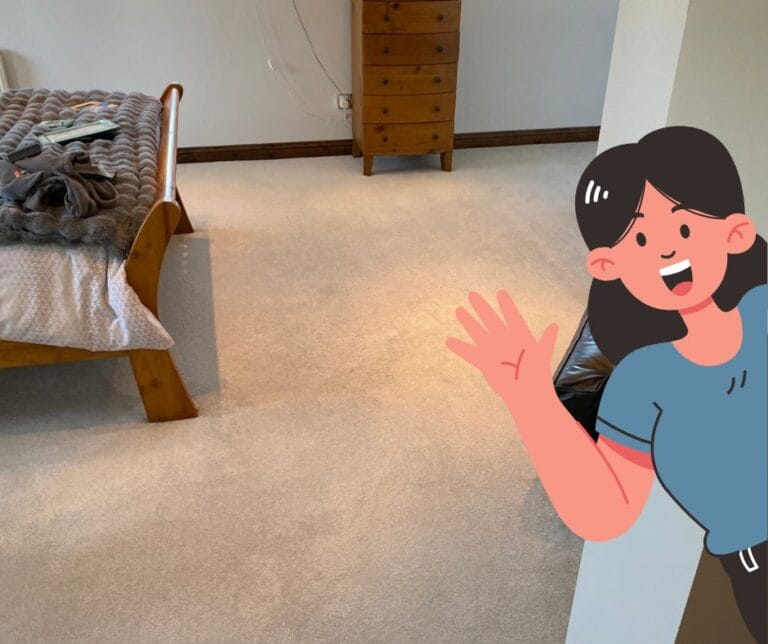Today, we’re tackling a common (and frustrating!) issue… “What is the best way to deal with moths eating my wool carpet?”
Signs You Might Have Moths Eating Your Wool Carpets
Have you started noticing bald patches in your carpet or small, cream-coloured eggs hidden in the fibres? If so, you’re likely dealing with carpet moths. These pesky creatures love dark, undisturbed areas, making spaces under furniture and along skirting boards their ideal breeding ground.
The good news? You can take action to prevent and treat an infestation before it gets out of hand!
Below images – Red circles are round the larvae that eats your carpet. White Arrows are pointing to the damage they can cause!
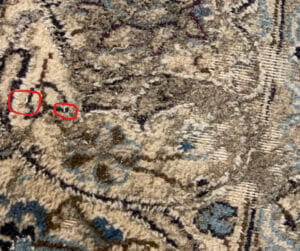
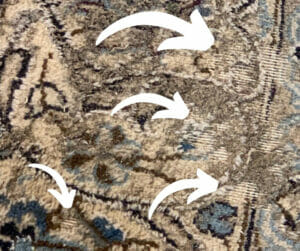
Below are more images of the damage they can make while having their feast:
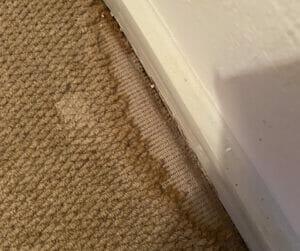
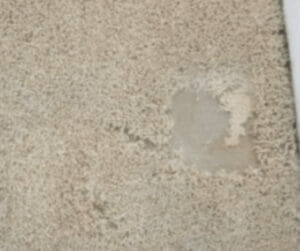
Preventing Carpet Moths: Stop Them Before They Start!
1. Regular, Thorough Vacuuming
Moths hate being disturbed! A strong vacuuming routine is one of the simplest and most effective ways to keep them at bay. Focus on areas that don’t get much foot traffic—under heavy furniture, in corners, and along skirting boards. Be sure to empty your vacuum outside immediately to stop any larvae from escaping back into your home.
2. Move Furniture Occasionally
Carpet moths thrive in dark, hidden spaces, so moving your furniture every few months will stop them from settling in comfortably. Plus, shifting things around helps prevent uneven wear and sun fading on your carpet.
3. Keep an Eye on the Airing Cupboard
It’s not just your carpets at risk! Moths love warm, undisturbed spaces like airing cupboards where they lay their eggs without disturbance. Keep these areas clean and well-ventilated to reduce the risk.
4. Speak to Your Neighbours
Moths can spread from home to home, sneaking in through cracks in floorboards and walls. If your infestation carries on despite your best efforts, have a quick chat with your neighbours—it might be a shared issue.
Treatment: What to Do If You Already Have Moths
1. The Power of Persistent Vacuuming
If moths have already made themselves at home, vacuuming remains your best first line of defence. Regularly vacuum hidden areas where moth eggs might be lurking, and always empty the vacuum outside straight away.
2. Salt-Based Solutions Instead of Insecticides
Many pest control companies use insecticides to eliminate moths, but these chemicals can be harmful to your health. At Art of Clean, we prefer a safer, eco-friendly approach—a special salt treatment that makes your carpet less appealing to moths without introducing toxins into your home. This is a great alternative for households with children or pets.
3. Call in the Experts (If Needed)
If the infestation persists, professional carpet cleaning can help. Just remember that there is a lot of companies that use insecticides, so always ask about their treatment methods before booking a service.
Final Tips and Best ways to Deal with Moths Eating Your Wool Carpet…
- Keep your home well-ventilated – Moths thrive in warm, humid environments, so fresh air can help deter them.
- Store natural fibre rugs and clothes properly – If you have wool rugs or garments in storage, use moth-repellent sachets and seal them in airtight bags.
- Act quickly – The sooner you spot and address a moth problem, the easier it will be to manage.
By staying proactive with vacuuming, occasional furniture movement, and safe carpet treatments, you can keep your wool carpets moth-free and in great condition for years to come!
For more expert advice, call us on 01223 790118 or visit www.artofclean.co.uk to learn more about our safe, professional carpet cleaning services. If you’re not in our catchment area, the NCCA keeps a list of all accredited companies in the UK.

